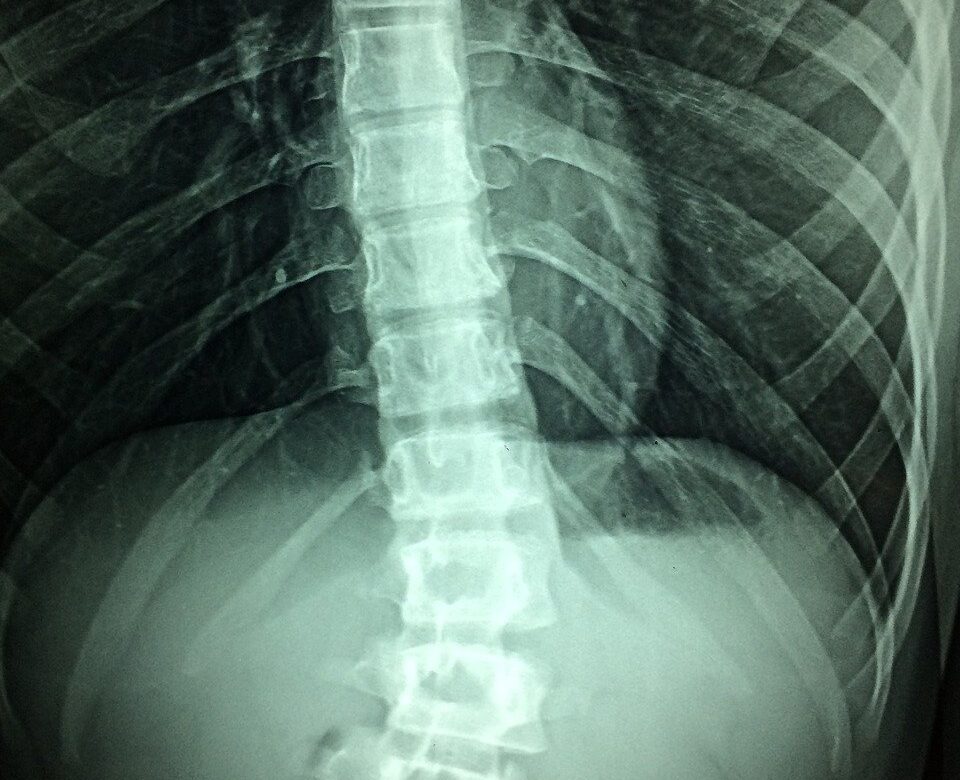What is Scoliosis and when does it occur?
The spine is a complex part of the body. This article helps you to understand the spine, specifically scoliosis better. Scoliosis is an abnormal curvature in the spine that usually occurs in childhood or adolescence. There can be an S or a C curve in the spine (side curve). To be considered scoliosis the curve must be at least 10 degrees. There are three types of scoliosis which include idiopathic, congenital, and neuromuscular. Idiopathic scoliosis is most common and is unknown in its origin. Congenital scoliosis is due to birth defects that affect bone development. Neuromuscular scoliosis could be from conditions such as cerebral palsy or muscular dystrophy. Scoliosis affects females more than males.
Typically, a pediatrician will screen for this by having the patient bend forward to touch their toes. Sometimes parents will notice that their child’s hips or shoulders are uneven or their ribs stick out. Early detection is helpful so treatment can begin if appropriate. Some kids need to do physical therapy, be fit for a brace, or if severe enough have surgery. The most crucial time to watch the curve is during their adolescence years when they are growing. Scoliosis experts will do imaging to follow this closely if appropriate.
Symptoms of Scoliosis
Some people have pain in their back and/or down their legs. In children/adolescents, you can see a visibly curved spine, leaning to one side, uneven shoulders or hips or ribs sticking out, clothes not fitting well. In adults, other visible impairments include a bump in the mid/low back, numbness/pain/weakness in the legs, low back pain, and trouble standing upright, difficulty walking, and difficulty breathing due to the curve in the spine limiting lung capacity. Another impact could affect a person’s appearance and make them self-conscious.
Treatment for Scoliosis
For mild curves (10-24 degrees), typically physical therapy is the course of action. Again, just making sure the curve doesn’t progress significantly during puberty, imaging of the spine will be done to monitor this. Physical therapy (PT) will consist of strengthening, stretching exercises to help with the muscles that may be pulling on the spine or affected by the curve.
Postural education and breathing techniques can also be helpful to decrease tightness or restrictions in certain areas. Based on the degree of the curve, some patients will need to be braced in conjunction with PT as well. The brace can help with the progression of the curve during puberty/growth years. If there is a greater than 40-degree curve and the scoliosis is progressing with symptoms, surgery may be the course of action.
Whether you have just been diagnosed with scoliosis, in a brace, or have had it for years and are experiencing back pain, we are here to help at Freedom Physical Therapy Services. We can offer exercises to help with posture (sitting, standing, sleeping), breathing mechanics, or pain control. Let us help you feel better. Don’t suffer another day in pain or discomfort, request your appointment with us today.

